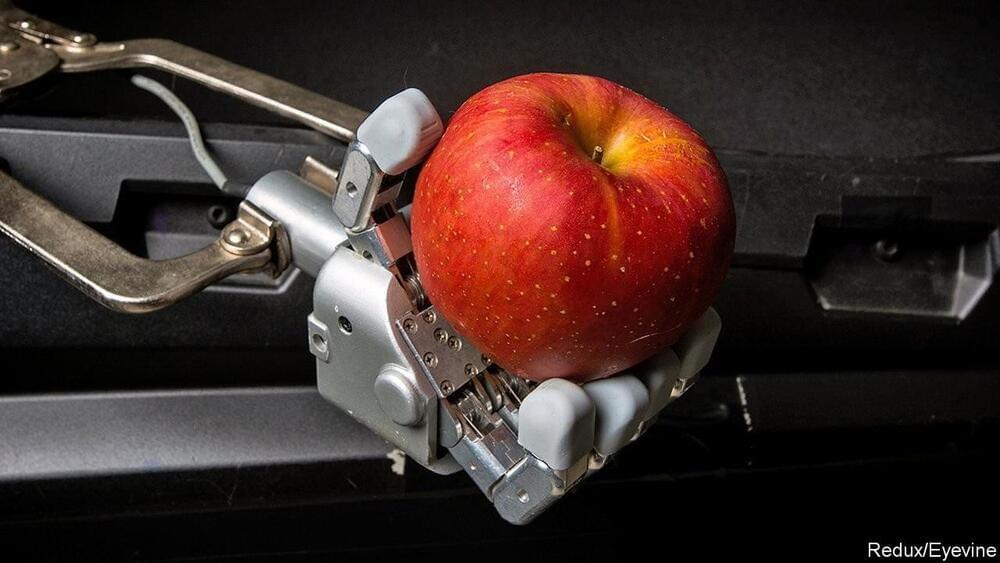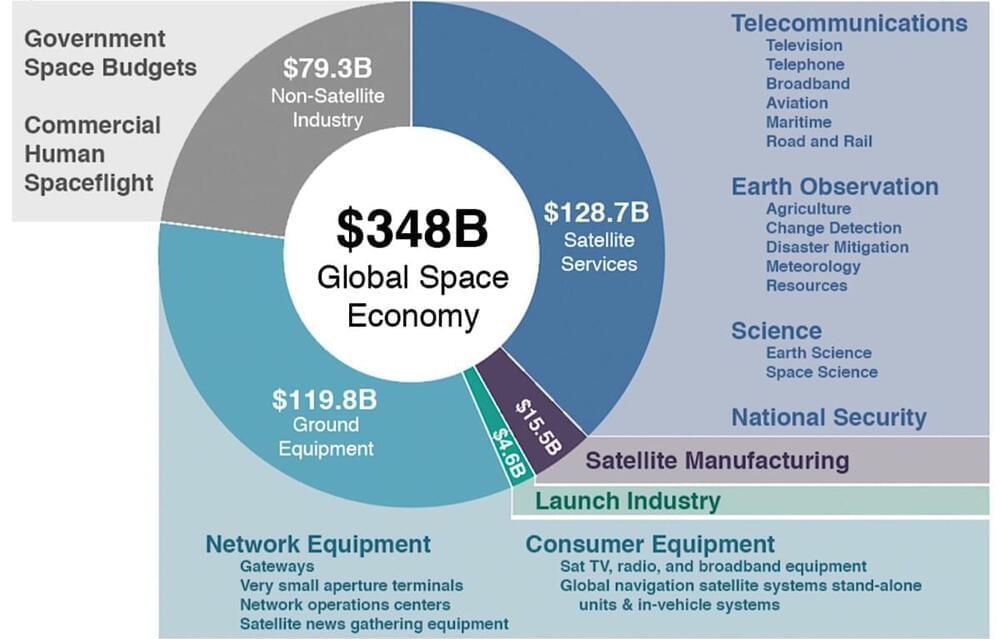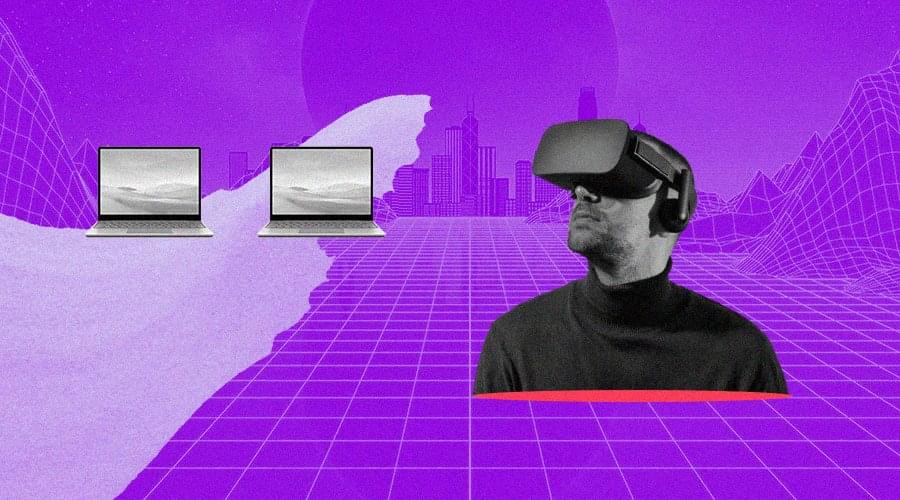Automation will create new types of jobs.
What’s on their curriculum? Organic farming, aquaculture and lots more.



The processing of food at high volumes has traditionally posed many problems for robots and cobots, and has lagged behind other industries. Foods have a variety of shapes and sizes and can be delicate in nature. These variables can be challenging when a robot tries to grasp an item. The delicate often has strict requirements for quality, making them even harder to grasp (think: strawberries).
Non-automotive robot orders now represent 58% of the North American total. Unit sales to the food and consumer goods sector alone increased 29% in 2021 over 2020, according to Association for Advancing Automation (A3).
“More industries recognized that robotics could help reverse productivity declines and fill repetitive jobs human workers don’t want. It is no longer a choice whether to deploy robots and automation,” says Jeff Burnstein, president of A3. “It’s now an absolute imperative. As we’ve long believed—and users continue to confirm—robots help companies compete, ultimately creating more jobs to handle their growth.”

2022 is set to be a major year for the space economy. According to the Space Foundation, 15 new launch vehicles are set to debut this year, more than any other year in space history. Last year, US spaceports had more launches than any year since 1967, and the number is climbing. Meanwhile, employment in the core US space industry employment is at a 10-year high.
The momentum is there for a flourishing space economy that, according to NASA leaders, could in 20 years take public and private missions beyond low Earth orbit (LEO), with services and infrastructure on the lunar surface and in cislunar space. It’s a fast-growing economy, NASA leaders said at the 37th Space Symposium, that offers promising opportunities for young people who want to get their foot in the door.
The space economy is already a $400 billion industry “and on the way to $1 trillion, and I suspect it’ll get there faster than we think,” James Reuter, associate administrator for the Space Technology Mission Directorate (STMD) at NASA, said during a panel this week at the 37th Space Symposium in Colorado Springs.




The study found that if such a system were put in place nationwide, 94 percent of human operator hours may be affected, which could account for as many as 500,000 jobs.
In a situation where automation is restricted only to Sun Belt states, as rough weather poses a challenge to automation, about 10 percent of worker operator hours will be affected. If automation is deployed nationwide only during the spring and summer months, about half the nation’s trucking hours could go driverless.
“I think the most surprising thing there was that everyone we spoke to basically said ‘yeah, this can be done,’” Vaishnav said.
Automation will create new types of jobs.
Delivery robots seem to be everywhere these days. Keeping them out of trouble are human minders who might need to hop on a bike to finish the delivery themselves.
Rather than fret about how many jobs future technologies will destroy, we should focus on how to shape them so that they complement the workforce of tomorrow.